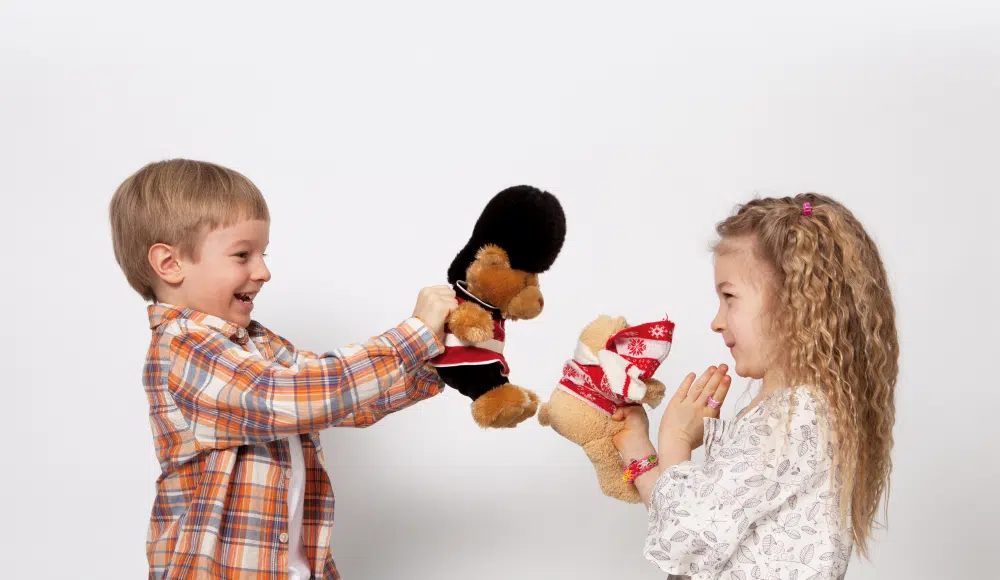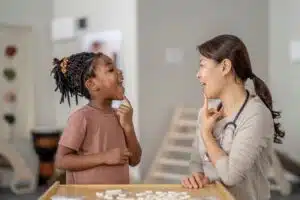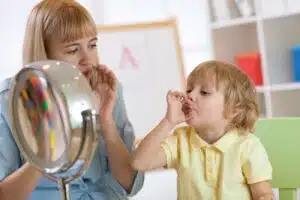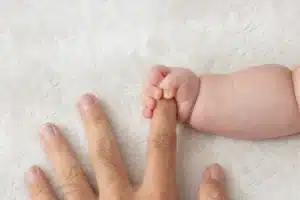By ROUZAN DISHOIAN, MS, CF-SLP
Joint attention or shared attention is a shared focus of two individuals on an object. It is achieved when two individuals shift attention between an object and each other for the purpose of sharing experiences.
Joint attention is a form of early social and communicative behavior. It is the most basic, perhaps the most important social skill. It is also an important foundational prelinguistic skill.
Signs that show your child is engaged in a joint attention with you:
- Back and forth eye contact between you and the object
- Gesturing, such as pointing or “high five”
- Giving the object to you to initiate play
- Turn taking during play
Joint attention and autism:
Kids on the spectrum have difficulty engaging in joint attention mainly due to their difficulty interacting with other individuals while playing. Impaired joint attention results in missed opportunities to interact and communicate wants and needs. Lack of joint attention may also result in delays in language development.
What does lack of joint attention look like?
- Playing for long periods of time without engaging with anyone
- Lack of gesturing, pointing, or showing objects to another person
- Lack of back-and-forth eye gaze and vocalization during play
How to encourage joint attention:
- Get down on your child’s level to play with them; practice turn-taking during play
- Use an animated tone of voice to help establish joint attention
- Stay in close proximity with the child and play social games, such as “peek-a-boo” or “ride little horsie”
- Use highly preferred activities/toys to keep the child engaged




